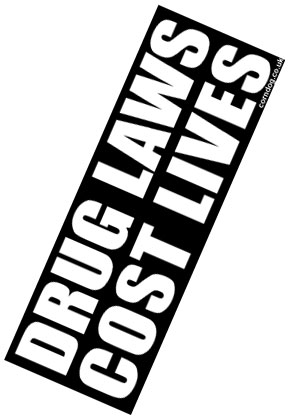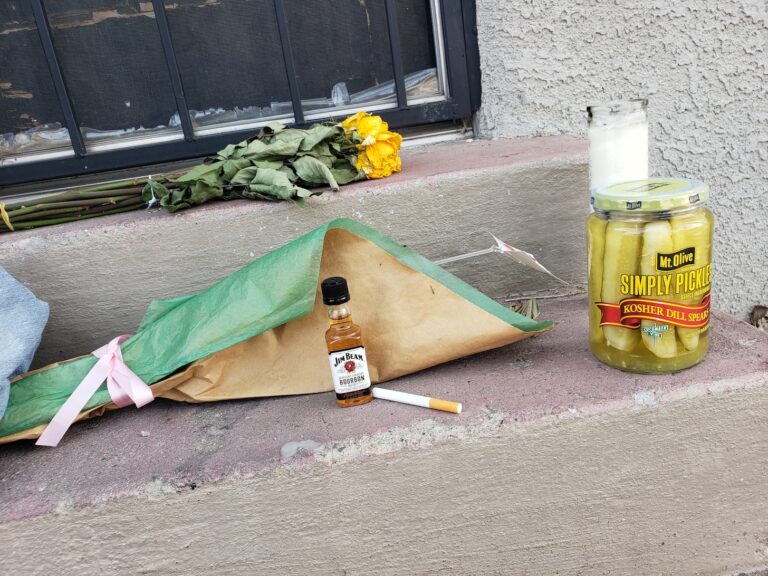A High Price: Will New Mexico Offer Drug Users Treatment Instead Of Jail Time?
Will New Mexico Offer Drug Users Treatment Instead Of Jail Time?

Latest Article|September 3, 2020|Free
::Making Grown Men Cry Since 1992



